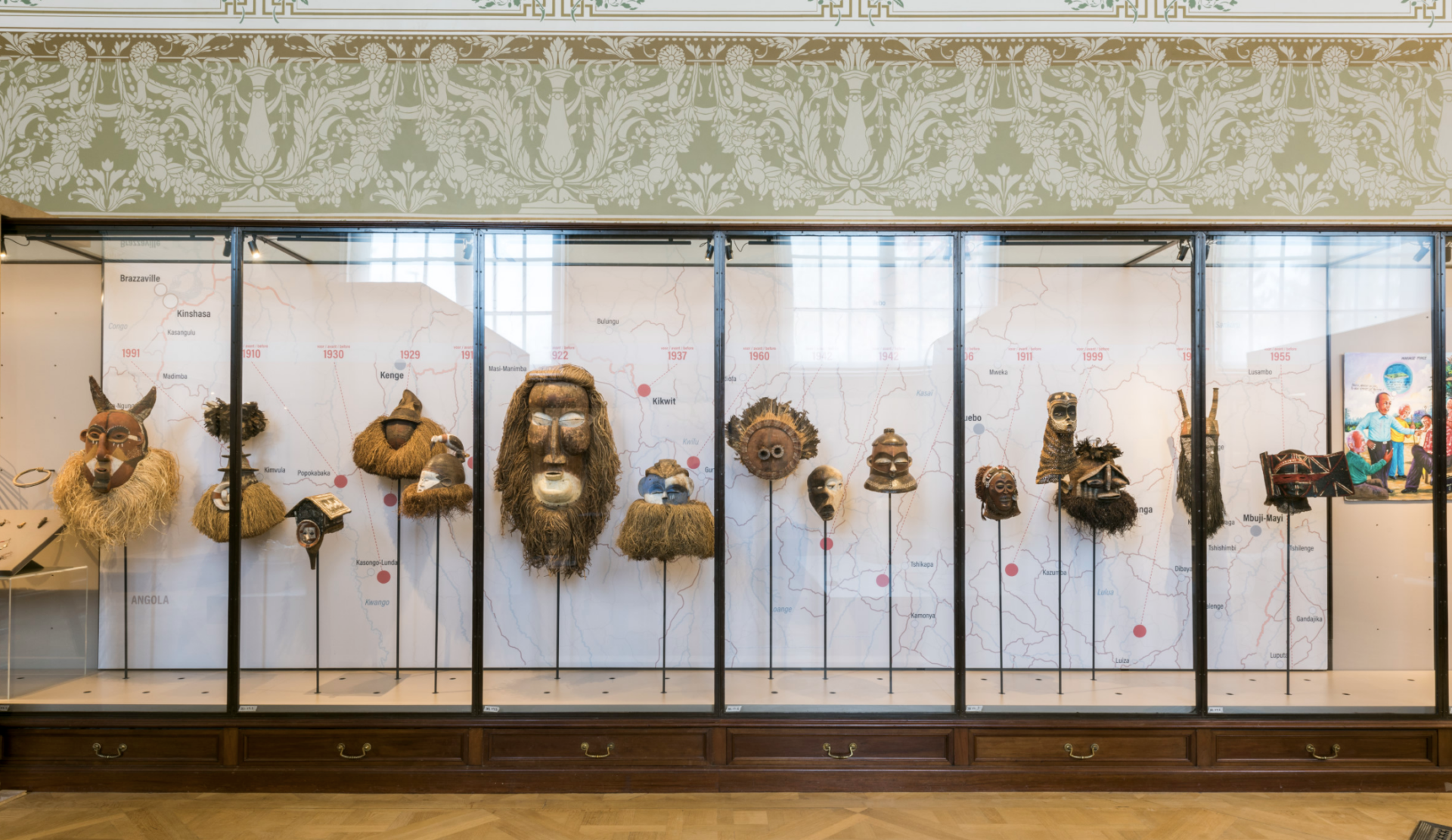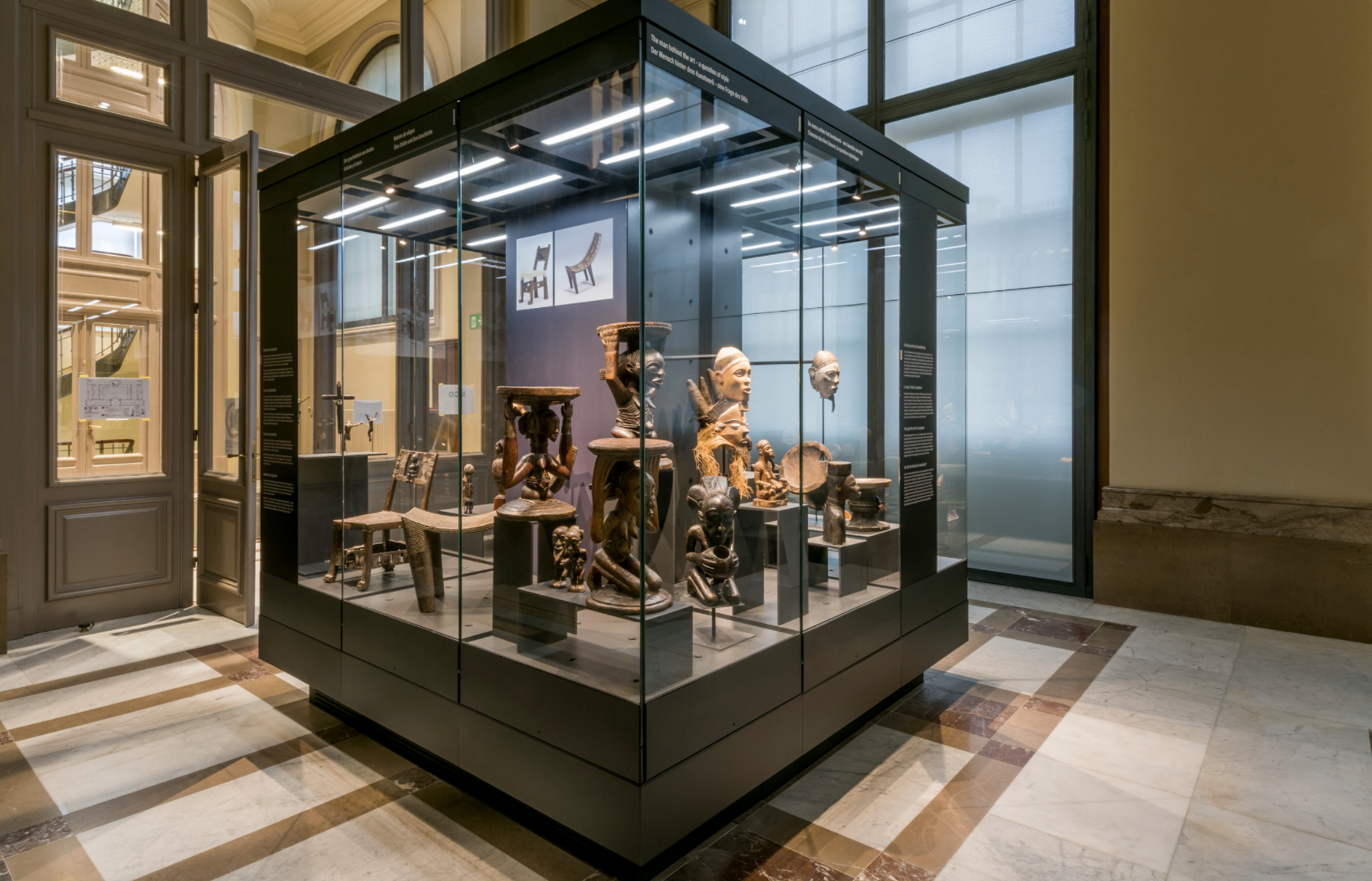The Afrikamuseum and the Belgian federal government handed over 85,000 Congolese objects to Congolese Prime Minister Jean-Michel Sama Lukonde on Thursday with the goal of investigating the pieces’ origins to determine if they came to Belgium legally.
Objects acquired illegally will be considered for transfer back to Congo, in what’s considered to be an important step in the preparation of future discussions between the Democratic Republic of the Congo and Belgium within the framework of the restitution policy outlined by the federal government.
“The handover of the inventory of the Afrikamuseum's collections to the Congolese Prime Minister is an important step in the implementation of the new approach to restitution,” said State Secretary Thomas Dermine in a statement.
“Working together in complete transparency, on the basis of an inventory and provenance studies, within a committee composed equally of experts from both countries— these are the conditions for the balanced and fair approach that we have in mind.”

Photo from Afrikamuseum.
The objects all come from 1885-1960, the period in which Belgium was dominant over the Democratic Republic of Congo. They include statues, utensils, masks, trophies and other objects. In total, the inventory comprises 70% of the entire collection of the Africamuseum.
Related News
- Belgian King and Queen to pay official visit to Congo in early March
- Solution for Métis children without birth certificates after 60 years
- Belgium and Congo come to agreement to return looted art
The museum assumes that most of the inventory has reached Belgium in a fair manner; however, there is little or no information about a significant portion and a number of pieces were definitely acquired illegally. That is the case, for example, with the Nkisi Nkonde statue, which was looted from the Congolese region of Boma in late 1878.
Determining the lawful owner of artefacts
State Secretary for Science Policy Thomas Dermine (PS) is allocating €2.4 million over the next four years to accelerate the research involved with the investigation of the artefacts.
The scientific expertise of both countries will be used for this purpose and the Belgian government has also decided to finance, for the next four years, a specific research programme of €2 million intended to strengthen the provenance studies of the AfricaMuseum collections.
“The return of Congolese cultural objects is part of the process of re-appropriating our collective memory,” said Congolese Prime Minister Jean-Michel Sama Lukonde.
“It is a major challenge for the development of the Democratic Republic of Congo and the African continent, which has long been deprived of part of its heritage, representative of its intrinsic values.”
#Restitution des objets culturels congolais: le PM @LukondeSama a conféré ce jeudi avec son homologue belge @alexanderdecroo au musée de #Tervuren @africamuseumbe. Rencontre en marge du sommet #UE_UA où cette question sera aussi abordée pic.twitter.com/ri0Vn1crFa
— Isaac Bakajika (@isaac_bakajika) February 17, 2022
The rightful owner of an artefact isn’t always immediately obvious. Items could be returned to the Congolese government, the heirs of the original owner, or a specific museum in Congo.
“There are some works of art that have come here because of theft or violence. We should not be afraid to look that history straight in the eye,” said Prime Minister Alexander De Croo on a visit to the Afrikamuseum.

Photo from Afrikamuseum.
“If the demand is there to bring back the works of art and if it can be done in the right way, I think we should do it. We want to conduct this investigation in all transparency. The more we talk, the more we can work together.”
While this inventory only concerns the Democratic Republic of Congo, in the future, the same could be done for Rwanda and Burundi, two other former colonies of Belgium.

